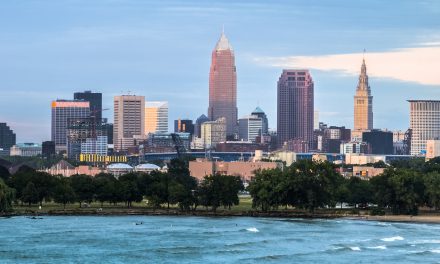The Bureau of Labor Statistics issued its 2015 Union Membership Report. The report details trends and statistics within the organized labor community. The public sector led in unionized membership, with 35.2%, representing more than five times that of private-sector workers at 6.7%. New York had the highest union membership rate at 24.7%, while South Carolina had the lowest at 2.1%.
The median weekly earnings for unionized workers was $980, while median weekly earnings for nonunion workers was $776, equaling 79% of a unionized workers salary. This distinction is more than 25% higher, equating more than $10,000.00 annually.
Yet still, sectors of the population push back against unionized workforces, and ideals that directly benefit working families. As ACT Ohio reported last week, West Virginia repealed their prevailing wage law, as many took to be a direct stand against unionized labor in the state.
According to a report by the American Sociological Review, a decline in union membership over roughly the last four decades is responsible for one-third of the growth in wage inequality among men and one-fifth of the growth in wage inequality among women.
U.S. Secretary of Labor Thomas E. Perez issued the following statements on the report, “Strong unions empower all working people, putting upward pressure on wages and labor standards throughout the economy. After all, you don’t need a union card to have benefitted from the advent of the weekend.”



